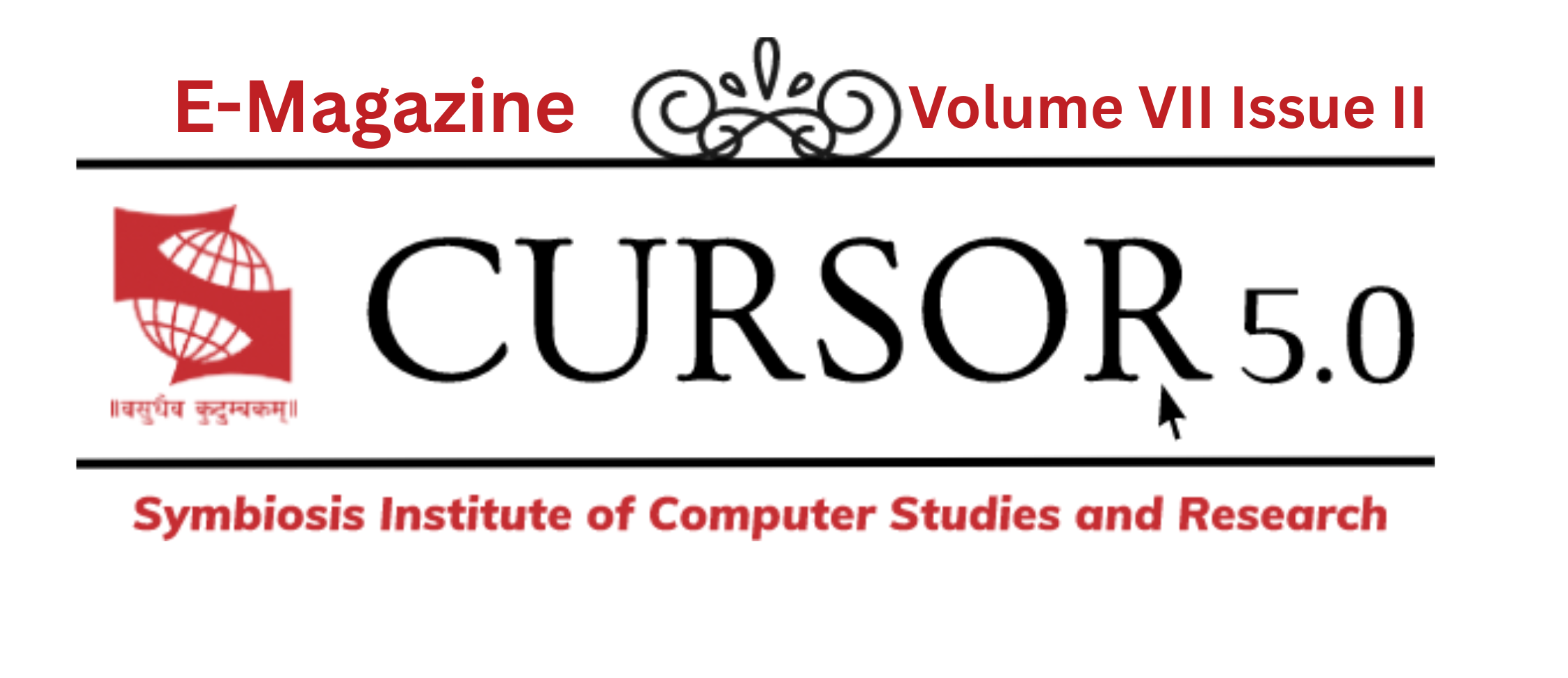Author: Dr. Gururaj Mukarambi
Assistant Professor,
Symbiosis Institute of Computer Studies and Research,
Introduction
In the present scenario, there is a lot of scope for the automation of tasks in all the fields. In view of the current industry observations, the advancement of technology in general and Digitization in particular has the major effects for the employment in the organization. Assessment of its impact will be critical for the analyst to frame policies according to the market situations. That motivates labour markets for the benefit of workers, employers and societies as a whole. The Rapid development of technology can be threatening employment. This kind of idea is not new, but in the year 1930s, when “John Maynard Keynes” said ‘Technological Unemployment Theory’ technological change causes loss of jobs.
The advancement of Technology innovations can affect employment in the following ways:
- By directly shifting workers from tasks (displacement effect)
- By increasing the demand for labour in industries or jobs that arise, due to Technology progress (productivity effect).
Related work
In view of the above, the following are the reports/papers found in the literature:
Autor, Levy and Murnane (2003) said that technology can replace human labour in routine tasks, whether manual or cognitive, yet to decide. But we cannot replace human labour in non-routine tasks.
Manning (2007) said that the impact of technology leads to rising relative demand in well-paid skilled jobs, which typically require non-routine cognitive skills, and rising relative demand in low-paid, least-skilled jobs, which typically require non-routine manual skills.
Darvas and Wolff (2016) report said that the developments for a selection of European Union (EU) countries: France, Germany, Italy, Spain, Sweden and the UK. In all these countries, the number of high-education jobs such as managers, engineers and health professionals is growing, while the number of middle-education jobs (clerks, machine operators, assemblers) is declining. By the difference, the number of low-education service occupations, such as shop workers, which are non-standard and difficult to replace by automation, is growing. A key conclusion is that technology was incorporated into the subset of core job tasks previously performed by middle-skill workers, causing significant change. The quality of human capital also plays a crucial role. The ability of individuals to use the technological advances for the benefit of their work requires developing particular digital skills through well designed policies.
However, looking at present automation and advanced machine-learning techniques is on the way, in which intelligent machines will be increasingly capable of carrying out high-skill and possibly non-routine tasks. Moving from the efficiency gains in online trading to the extensive use of artificial intelligent systems in our industrial production, concerns about the potential displacement of labour emerge. The real question then becomes: which of the two labour market effects displacement or productivity will dominate in the artificial intelligence (AI) era. The answer is automation of automobiles in daily life, Food industries and many more examples in the present scenarios.
The Economist (2016) reports said that, in general, past industrial revolutions suggest that in the short run the displacement effect may dominate. But in the longer run, when markets and society are fully adapted to major automations, the productivity effect can dominate and have a positive impact on employment.
Conclusion
The advancement of technology in the AI era is the continuous development of deep machine learning techniques and then it will leads to act as a human brain as a model for design. The Machines are trained to be intelligent enough, which can have additional implications for the workers.
References
- David H. Autor Frank Levy Richard J. Murnane, “The Skill Content of Recent Technological Change: An Empirical Exploration”, the Quarterly Journal of Economics, Volume 118, Issue 4, November 2003.
- Maarten Goos and Alan Manning, “Lousy and Lovely Jobs: The Rising Polarization of Work in Britain”, The Review of Economics and Statistics, vol. 89, issue 1, pp.118-133, 2007.
- Zsolt Darvas and Guntram B. Wolf, “An Anatomy of Inclusive Growth in Europe”, Blueprint series 26, ISBN: 9789078910428.



